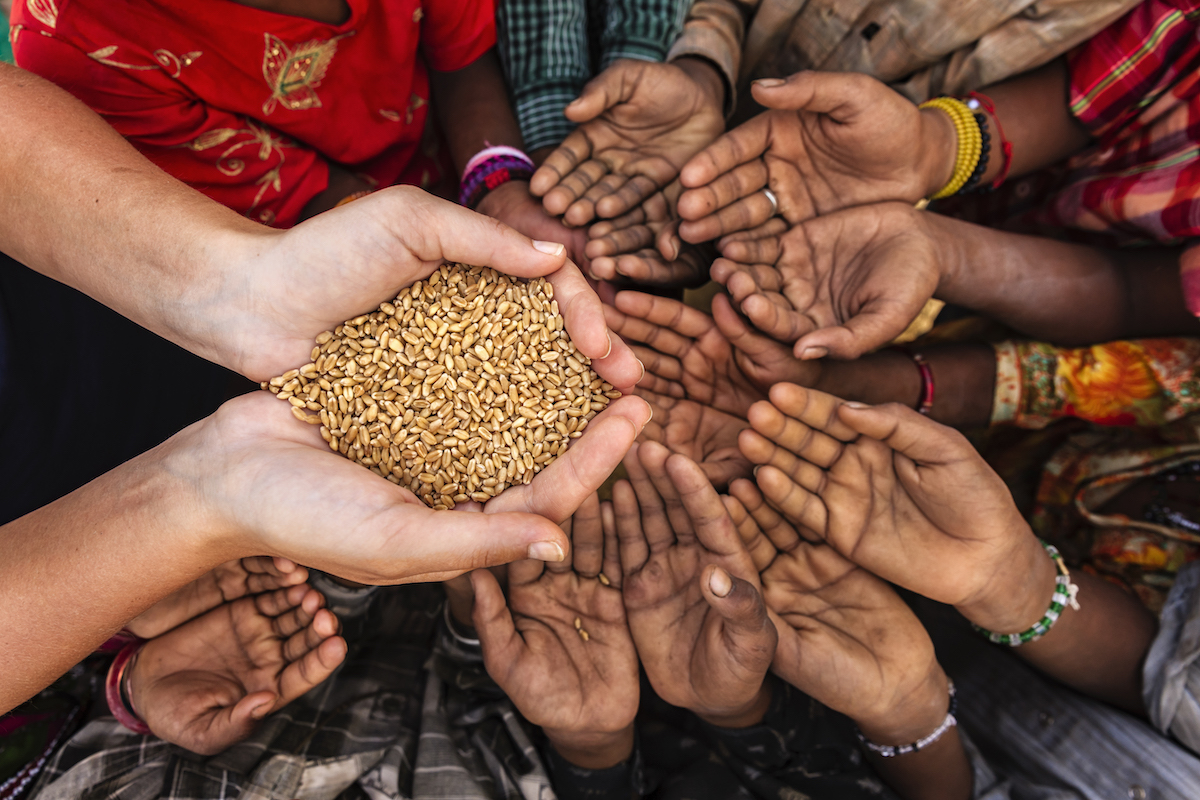
Urban Food Insecurity in Regions and Community-led Urban Agriculture By: Kirby Ramores
Many of America’s cities have distinctly-impoverished zones where their communities lack access to fresh produce and other high-quality foods. Urban regions lacking these food options are known as food deserts, and their existence is owed, in large part, to redlining, antiquated zoning policy, and models of urban development which have maintained the status quo. However, the more encompassing issue of food insecurity, which the concept of “food deserts” categorically falls under, is more deeply rooted in older urban planning methodology.
In their book, “Integrating Food into Urban Planning,” Yves Cabannes and Cecilia Marocchino outline the history of separation between food infrastructure and urban planning, one that has caused or exacerbated food insecurity in cities. “On the one hand, the human right to food was fully established as early as 1966, but it was only in 1996 that the urban dimension of food security of all, including urban dwellers, became a central part of the landmark Rome Declaration on World Food Security.”
These clear distinctions have affected lower-income and the impoverished the most. In America, redlining and poor urban planning intertwined with a lack of proper food systems for investors and economic disparities have had massive implications on the minorities that are affected by all listed aspects. As ethnic and class divides are more prevalent in cities globally, urban food insecurity is, unfortunately, one that often disproportionately burdens certain groups more than others.
Leading up to the critical World Food Summit of 1996 was a resurgence in the appeal of a desperate wartime practice long in decline: urban agriculture. In the U.S, historically divested urban regions in New York City and Chicago created community gardens in response to decades of unsustainable urban development practices causing declines in community health (via lack of nutritious food) and aesthetics.
The chapter, Edible Providence, of Cabannes’ and Marocchino’s book discusses an important example of a community-led effort to create a sustainable, regional food system. In Providence, Rhode Island, the Southside Community Land Trust (SCLT) was formed in 1981 in response to a lack of a regional food system and food deserts within Providence, both of which hindered its culturally diverse population from getting culturally-appropriate food. The SCLT reused open spaces, such as abandoned parking lots, and established community gardens, giving neighbourhoods easy-to-access, quality produce while providing opportunities for the strengthening of communities via participation in the cultivation and maintenance of the gardens.
In reusing space, the SCLT not only provided accessible spaces for community participation but also circumvented the use of land outside of the city, a clear example of environmentally-efficient design. The SCLT’s example goes further than that. The Land Trust took the lead in forming the Providence Urban Agriculture Task Force (UATF). The Task Force became the primary force in convincing Mayor David Cicilline to embrace and sponsor this model of urban agriculture, illustrating the potential of local communities in establishing a regional food system and pulling itself out of food insecurity, and also demonstrating the power of communities in inspiring government action.
Since the Rome Declaration, important progress has been made; around the world, urban agriculture has become more widely embraced as both a solution to ongoing food security issues and as an important foundation for incoming food systems in newer developments. In 2015, the Milan Urban Food Policy Pact, which vowed to “develop sustainable food systems that are inclusive, resilient, safe and diverse, that provide healthy and affordable food to all people in a human rights-based framework […]” was initially signed by over 100 cities worldwide, but has since grown to have more than 240 cities dedicated to the cause.
Indeed, this is made evident in urban agriculture’s rise to prominence as essential in food systems around the world, accounting for up to 20 per cent of the world’s total food production, according to “Agropolis: the Role of Urban Agriculture in Addressing Food Insecurity in Developing Cities” by Milica Koscica. The article makes a notable point in arguing that urban agriculture’s value extends past simply providing more food options to everyone. Across many global examples of urban agriculture, one nigh-constant characteristic of the practice is its practitioners being “predominately low-income men and women,” which makes it incredibly important for providing basic, nutritious food options for those affected by perpetuated economic disparities.
During the World Food Summit of 1996, food security was properly defined as “access to safe and nutritious food, consistent with the right to adequate food.” Using this definition, the State of Food and Nutrition Security in the World (SOFI) report was modified for 2020 and reported that “up to 2 billion people did not have access to safe, nutritious, and sufficient food in 2019 and 3 billion could not afford a healthy diet,” (CSIS).
The fight against world hunger will likely continue for decades, and as our needs evolve, so too do our food systems need to change. As living statistics shift and the urbanized shift to become the majority of the world population, our sights must be set on eliminating urban food insecurity.
Bibliography
https://www.csis.org/analysis/growing-cities-growing-food-insecurity-how-protect-poor-during-r apid-urbanization
https://www.jstor.org/stable/24461745?seq=1#metadata_info_tab_contents
https://www.jstor.org/stable/j.ctv513dv1.7?seq=6#metadata_info_tab_contents https://online.aurora.edu/history-of-urban-agriculture/

